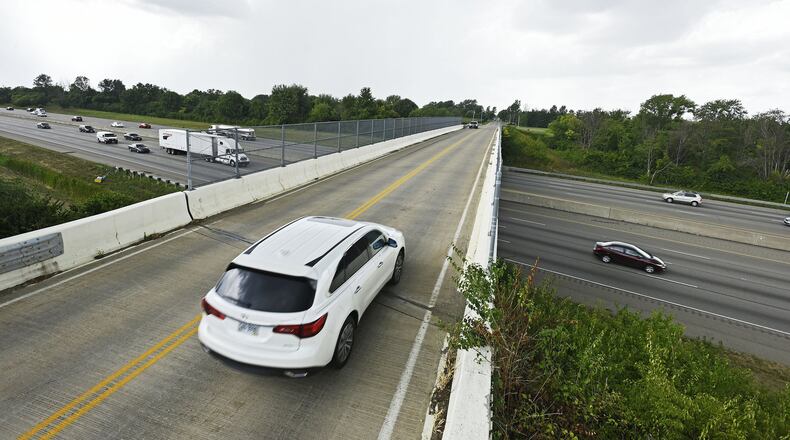The request for the township to put in a bid for the project, which is expected to become an equal to Amazon’s campus in Seattle, came last fall from REDI Cincinnati as part of a regional pitch that also involved larger communities like Cincinnati and Newport, Ky.
Township staffers worked diligently for a couple of weeks in September and October to complete the regional “request for information” coordinated through REDI, said Caroline McKinney, Liberty Twp.’s economic development director.
MORE POPULAR STORIES: Mike Fox’s ‘simple’ choice: ‘I either lose this weight or I lose my life’
“The proposal that Greater Cincinnati put forth for the Amazon HQ2 project exceeded the requirements, and we are extremely proud of the work our region put into this mega project,” said REDI Cincinnati President and CEO Johnna Reeder. “While disappointing, we are confident that the hard work and effort by more than 150 regional experts has created a footprint for how we will approach future significant projects.”
Reeder said REDI Cincinnati and the communities involved have to get into the game in order to win, and that is exactly what they did “with clarity and a unified purpose for our Greater Cincinnati region.
“For that reason alone, we consider this a win for Greater Cincinnati,” she said.
The cross-state collaboration REDI established via the effort is a winning model for the region, Reeder said.
“We’re in alignment with the business and economic development decision makers across the Greater Cincinnati region on the goals, which will serve to make us even stronger in talent and transportation,” she said. “Our region is on the rise, and by working together, there are continued wins ahead.”
MORE POPULAR STORIES: 6 things to know about Basil 1791, Hamilton’s newest restaurant
McKinney said Liberty officials were disappointed to hear the region didn’t make the Top 20 list, but they’re equally proud of the collaboration they experienced while working to develop the township’s response.
“We’ll continue to promote the opportunities for business growth in Liberty Twp. along the Cox Road extension and around the future Millikin Interchange, as well as the other areas around the community planned for commercial development,” McKinney said.
Liberty Twp. Trustee President Tom Farrell said the township worked to build a marketing plan in the past two to three years, examine the feasibility of a walkable community and prepare for a Millikin Road interchange, all of which has been done to attract a company with Amazon’s capabilities.
He said REDI Cincinnati turning to the township to be a part of the bid is validation that the township is doing the right thing and building a community in which people want to live, work and play.
“There will be other companies that want this same kind of market that we can then market to,” he said. “The businesses that are successful today may not be sustainable for the township’s long-term success, and I’m talking about not just this generation, but the next and the next. What you put there today can affect it for generations to come.”
MORE POPULAR STORIES: 7 new restaurants to try in Middletown this year
Township officials need to be responsible and ensure that, to the best of their abilities, whatever fills the township’s vacant properties is something that will remain there for years to come and continue to generate tax revenue for the township because Liberty is a bedroom community, Farrell said.
That’s one of the reasons the township initially worked to facilitate construction of the Liberty Way Interchange, which opened hundreds of acres to development on both sides of Interstate 75. That paved the way for the $350 million mixed use Liberty Center, the $62 million Christ Hospital Medical Center-Liberty Twp. and numerous other retail, office, medical and lodging-related projects.
“I believe that what has been done over the past two to three years, all the planning, all the vision, looking at the experts and what they claim is the suburb of the future, that we’re positioned better than anybody else to reach that suburb of the future by adding walkability, the right exits, the destination walking, the mixed use facilities that allow (residential) rooftops within retail and businesses so that people can walk to work,” Farrell said.
About the Author

